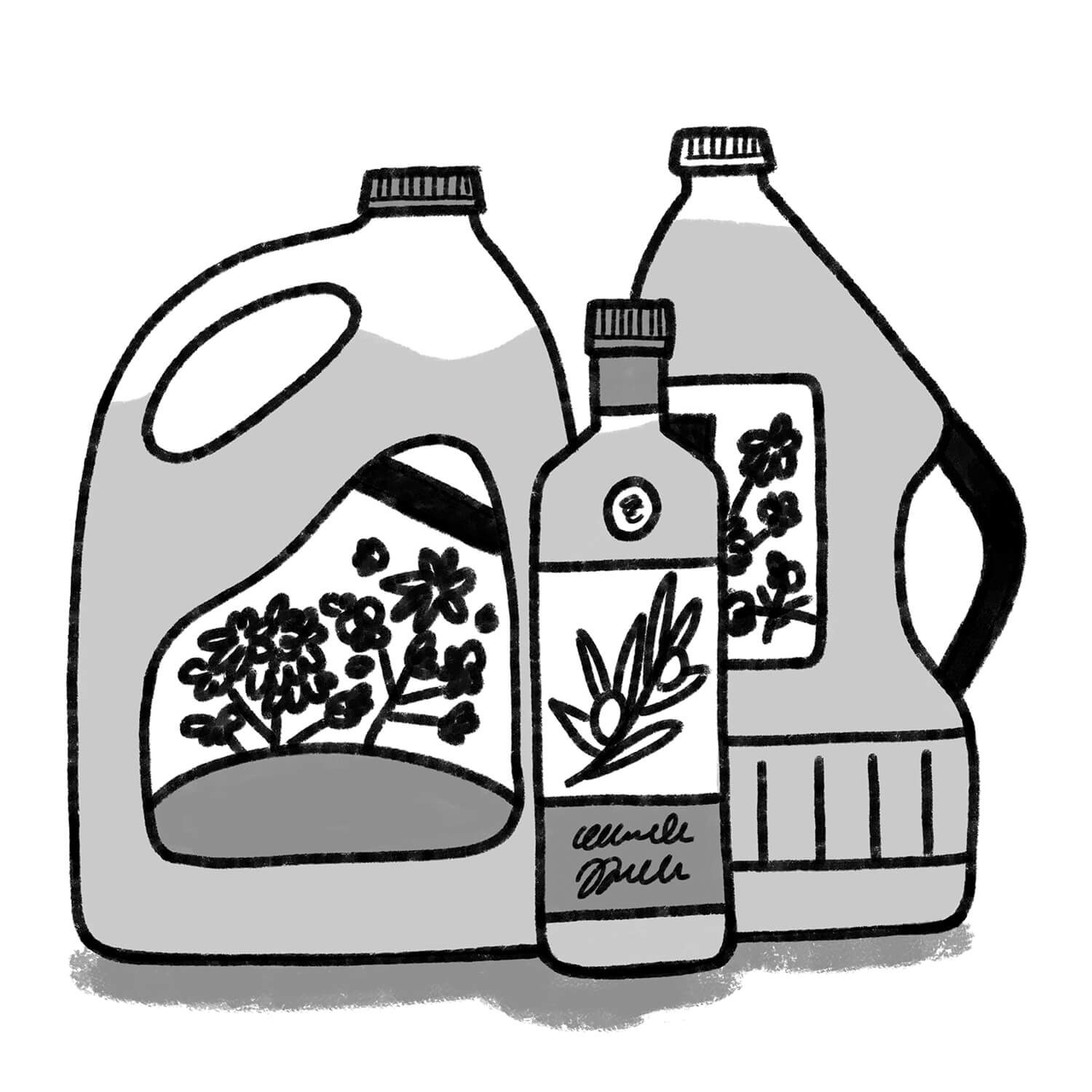If you go out for brunch or for a juicy burger, you might notice that your side of fries looks a little smaller than usual. That’s because the cost to make them has skyrocketed.
“[The cost of canola oil] would fluctuate normally, like seven per cent then up three per cent. Normal sort of market fluctuations, I would guess,” says John Williams, co-owner of Blue Plate Diner. “And then August 21, the middle of the pandemic, it went up 43 per cent. From when I actually started to keep track in 2010, it’s been up 207 per cent.”
Williams has been tracking the cost of canola and every other ingredient the restaurant purchases over the last seven years in a spreadsheet. The spreadsheet includes over 100 ingredients that Blue Plate has used in the past and currently uses, and Williams monitors the cost of production routinely.
“I know how much per ounce every single sauce costs to make, otherwise you’re flying blind if you don’t have anything to base your decisions on,” says Williams.
Canola oil used to be one of the cheaper oils to use, and olive oil was on the pricier side, but now they’ve almost leveled out. Over the last year, Williams experimented with an in-house olive oil blend as a replacement for canola oil in smaller recipes like sauces. However, the cost of olive oil is still slightly higher than canola oil, so it wasn’t as cost-effective as Williams hoped. Olive oil also has a lower smoking point than canola oil meaning it burns faster and isn’t as ideal to use in the deep fryer. Though the blend didn’t work out, Williams stresses the idea of being innovative when trying to cut costs.
“The point is that you’ve got to think outside the box,” says Williams. “Just because you’ve always used canola for the last five years or whatever, it doesn’t mean that you shouldn’t explore other options.”
Down the street, Northern Chicken serves upwards of 300 pieces of fried chicken a day, and double that on weekends.
“Everything’s doubled since the beginning of the pandemic, everything’s gone up huge,” says Andrew Cowan, head chef at Northern Chicken. “We estimate it probably cost us an extra $40,000 last year on just canola alone.”
